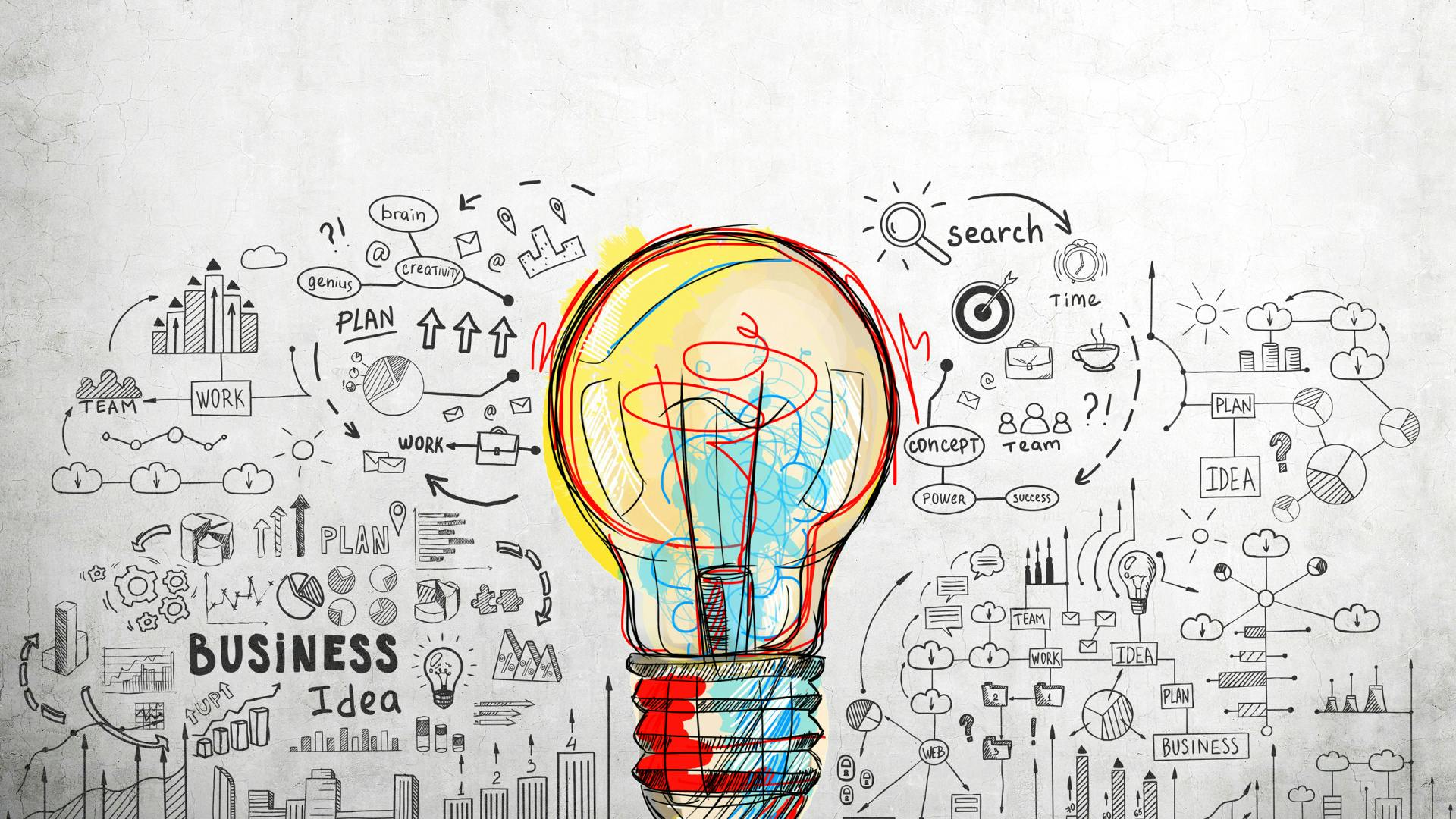Demand Sensing

Demand Sensing
What is Demand Sensing?
Demand Sensing is an advanced modeling technique that uses downstream demand signals, rather than past sales, as the basis for developing forecasts.
Why use Demand Sensing?
Better forecasts translate directly into better business decisions, which can affect many Key Performance Indicators (KPI) closely monitored by management:
Supply Chain KPI's:
- Perfect Order: Improve customer service by producing the right product mix matched to actual demand
- Production Efficiency: Stabilize production schedules and avoid emergency changeovers to meet unexpected surges in demand
- Logistics: Reduce transportation costs by avoiding transshipments and expensive emergency shipments; and reduce warehouse costs with lower inventory levels
Financial KPI's:
- Revenue and Profit Margins: react to upswings in demand to capture additional revenue and increase profit margins by avoiding costly supply chain inefficiencies due to demand uncertainty
- Cash-to-Cash Cycle Time: Free up cash flow and achieve higher return on invested capital by reducing inventory levels
How to use Demand Sensing?
Traditionally, forecasting accuracy was based on time series techniques which create a forecast based on prior sales history and draws on several years of data to provide insights into predictable seasonal patterns. However, past sales are frequently a poor predictor of future sales. Demand sensing is fundamentally different in that it uses a much broader range of demand signals (including current data from the supply chain) and different mathematics to create a more accurate forecast that responds to real-world events such as market shifts, weather changes, natural disasters, consumer buying behavior etc.
So far, mainly CPG companies (such as Procter & Gamble, Unilever, Kraft Foods, Georgia Pacific, Kimberly-Clark and General Mills) with large global supply chains have adopted demand sensing. As such, demand sensing systems must scale to process masses of data associated with hundreds of thousands of items and location combinations every day. The sheer volume, frequency and small processing window require automation and the application of advanced mathematics to ensure that the results are published daily to Supply Chain Planning systems, which then will take care of building and distributing the goods to the right customers at the right time.
What are the results of optimizing Demand Sensing?
Optimizing demand sensing with ORTEC solutions has been shown to improve near-term forecast accuracy by 30-50% compared to traditional methods. The results of optimizing demand sensing:
- Perfect orders, matched to actual demand
- Production efficiency and stabilized production schedules
- Reduced transportation costs by reducing shipments
- Improved customer satisfaction
- Revenue and Profit Margins by capturing additional revenue and increased profit margins
- Reduced warehouse costs and improved Cash-to-Cash Cycle Time with lower inventory levels
Why contact ORTEC to optimze Demand Sensing?
Demand Sensing has been shown to improve near-term forecast accuracy by 30-50% compared to traditional methods. Other benefits include fewer stockouts, lower inventory carrying costs, and increased customer satisfaction.
ORTEC provides:
- Business Analytics, to learn about opportunities in your business
- Strategic, Tactical, Operational and Real-time planning, to realize opportunities, also based on analytics results
Join industry leaders & start optimizing
Learn how ORTEC can help you save costs and increase revenue.